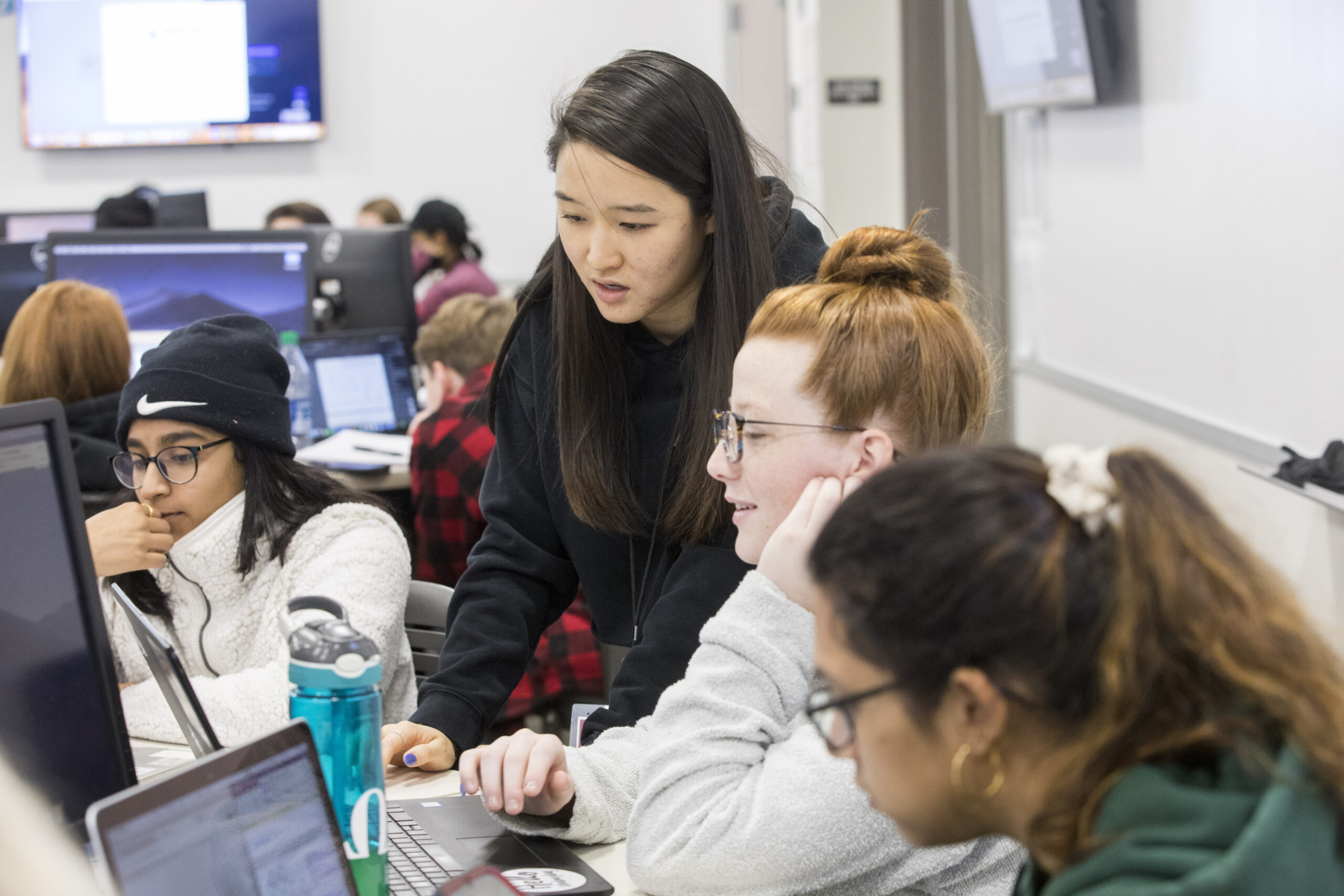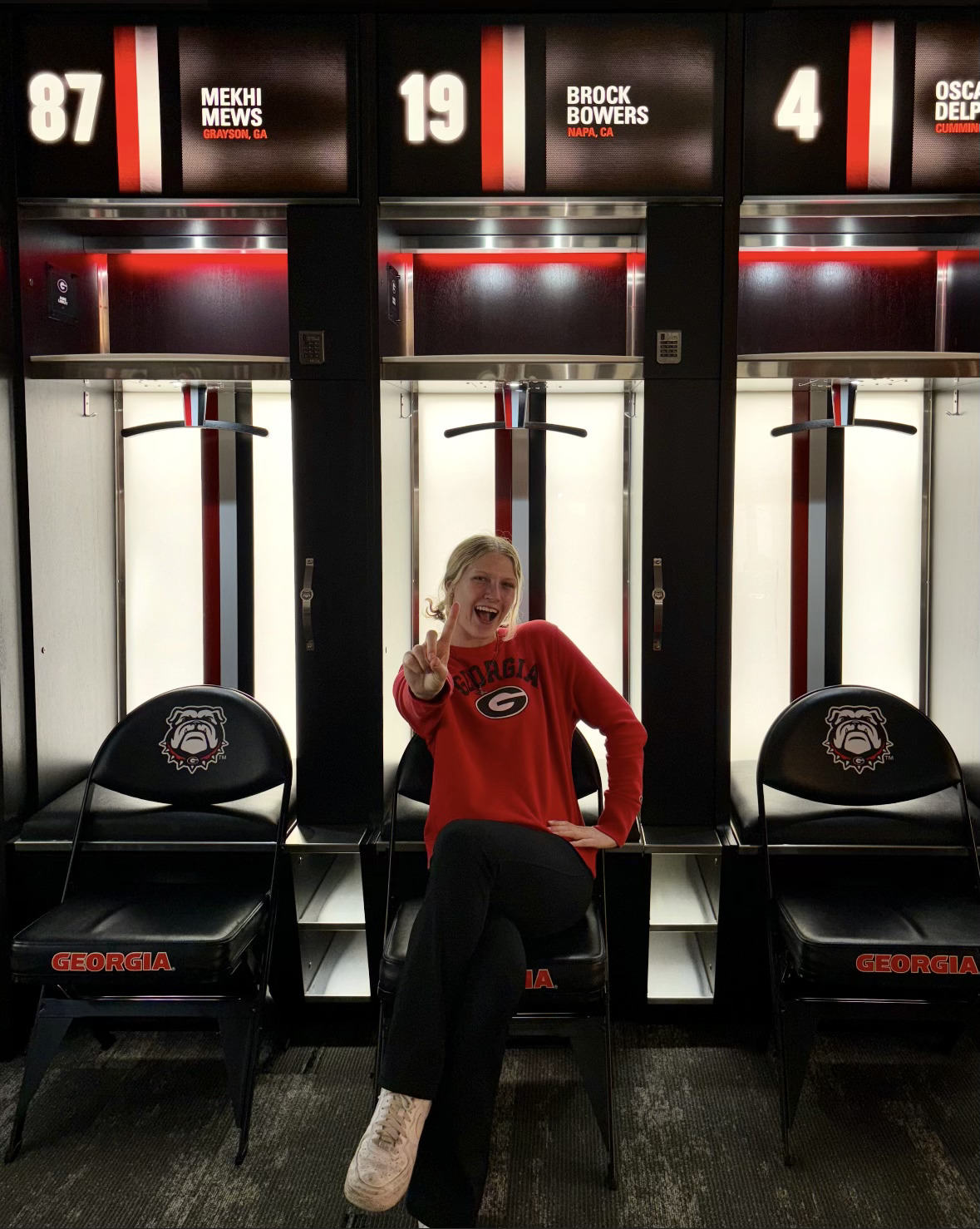The program continues to grow as active learning techniques increase in the classroom.

The University of Georgia’s Peer Learning Assistant initiative was launched in 2018 to improve student comprehension and success in courses through classroom discussion and active learning techniques.
Peer Learning Assistants (PLAs) are students who have successfully completed a course and work alongside their professor to support students currently enrolled in the same class. The PLA program significantly broadened its course offerings this year, which showcased a remarkable increase in the variety and number of courses with PLAs available. There are currently 236 PLAs employed through the Office for Student Success and Achievement and 81 individual course sections served by PLAs.
“The Peer Learning Assistant program has greatly enhanced the educational experience at UGA by fostering a student-centered approach that prioritizes active learning,” said Lindsey Bailey, coordinator of peer education with the Office for Student Success and Achievement. “Through this program, students feel more supported and engaged in the classroom, which strengthens their connection to the material and to each other.”
PLAs help professors and students to improve academic performance and gain a deeper understanding of the course. Students can use PLAs as a resource to gain additional knowledge and answer any questions that might arise during class lectures.
“My students are much more comfortable talking with and collaborating with one another since PLAs have entered the classroom,” said Aaron DeLeo, lecturer in the Franklin College of Arts and Science’s Department of Cellular Biology. “Not since before the pandemic have I seen better classroom camaraderie than in my classes with PLAs.”
For the past three semesters, Annie Gustavsen, a third-year nutritional science major, has worked as a PLA for professor DeLeo. Gustavsen is currently a PLA for DeLeo’s Anatomy and Physiology I course, attending class every Monday, Wednesday, and Friday, with an additional hour-long PLA meeting on Friday mornings.
“My freshman year of college, I took Anatomy and Physiology I with professor DeLeo, and it’s still one of my favorite classes that I’ve taken at the university,” Gustavsen said. “That was the first class that I’ve taken in college that I truly can remember being so intently focused on and wanting to do above and beyond in and not just meeting expectations.”
Gustavsen typically works with five to six additional PLAs in the classroom. For Anatomy and Physiology I, she is assigned to 20 students. Gustavsen works with students to see how they are retaining information through asking questions and going through solutions to problems.
“I think that it (Peer Learning Assistants) makes it a more comfortable environment for everybody involved,” Gustavsen said.

Madison Butler, a fourth-year public health major, had Gustavsen as a PLA for Anatomy and Philosophy I last fall, and she now works as a PLA in those classes. Reflecting on her time as a student, Butler uses active learning techniques such as collaborating with peers, asking questions, and reviewing strengths and weaknesses to engage current students in conversation. Rather than asking a question to a single student in front of 300 people, PLAs can work with students in smaller groups to answer questions to make learning more approachable.
“The lecture halls are so big that PLAs make it a lot easier and more approachable to ask questions,” Butler said. “It has helped me in the sense of being able to take a complicated concept and trying to simplify it so somebody can understand it more easily.”
Instructors must apply and be selected for the Active Learning Peer Learning Assistant Faculty Mentor Program to have PLAs in the classroom. The program’s goals are to promote engagement, participation, and learning. PLAs have benefited the student’s classroom environment and strengthened learning.
“Being on the other side of it and seeing the amount of work that goes into preparing these lectures and how much the teachers care about the student’s level of understanding definitely has made me more grateful for my professors,” Gustavsen said. “And I think that it’s a really great way to make connections with not only professors, but also other people that have similar interests as you.”
